Bilbao: A Guide to Spain’s Northern Gem
Bilbao is a city in the north of Spain. It is the biggest city in both the province of Biscay and the whole Basque Country. It’s also the biggest city in Spain’s north. As of 2019, 346,843 people live in Bilbao, making it the tenth-largest city in Spain. Along with 1,038,847 people living in the Bilbao metropolitan area, it is the most crowded place in northern Spain. With 875,552 people, Greater Bilbao’s comarca is Spain’s fifth largest city. Bilbao is also the biggest city in the Greater Basque region. It is in the north-central part of Spain, about 16 kilometres south of the Bay of Biscay, a place of economic and social growth that forms the Bilbao estuary. It also has two small mountain ranges on either side of its main urban area. The Guggenheim Museum, designed by Frank Gehry, is an excellent example of the city’s left-of-centre architecture. The city also has beautiful natural landscapes and delicious food.
Bilbao History
On the banks of the Nervion River, Bilbao began as a town for sailors. In the 14th century, it was one of the first cities in Biscaya to be built. Haro was the ruler of Biscay, and he turned Bilbao from a quiet fishing village in northern Spain into a centre for trade. This was because the riverbanks were full of iron ore, which was exported, and Burgos sent out a lot of wool. In 1612, Bilbao became the capital of Biscay. At the time, it was a city that was getting more and more wealthy. During the Spanish Civil War, the Nationalist army surrounded the city of Bilbao and dropped many bombs on it. After the war, the town was rebuilt, and the iron industry started up again. From the middle of the 1990s on, Bilbao began to become more industrialised and move towards a service economy.

How To Get Into Bilbao
Bilbao is Spain’s biggest Basque city. The city is easy to get to by air, car, or train. Bilbao International Airport is the best place for people from other countries to land when they come to Spain by plane. It gives visitors information on the best ways to get around the city.
By Air
The city is 12 km from Bilbao International Airport, which takes 15 minutes to drive. This is the best and most convenient way for people outside the country to get to the city. The airport connects to most neighbouring towns in and around Spain and other European destinations. The A3247 bus route also connects the airport to the city.

By Rail
Bilbao-Abando Station is where all of the city’s Renfe trains come together. The station is close to the town centre and has, in fact, good connections to other cities in Spain and most European cities. Visitors can choose between long-distance and short-distance trains and buy tickets online or in person.

By Road
This is the best way for tourists from the area to get there. Bilbao is like the rest of Spain because it has an excellent motorway system. You can take a taxi or bus from the city’s major airports and train stations. Private and public bus networks connect the Termibus bus station in the city centre to all major tourist spots. Moreover, for people driving to the city, the AP-68 motorway goes through Barcelona. There are also lots of taxis.
Bilbao Climate
Bilbao has a climate like the ocean because it is close to the Bay of Biscay. All year long, there is a lot of precipitation. Depending on latitude and how the atmosphere works, rainy days make up 45% of the annual total, and cloudy days make up 40%. October and April are the rainy seasons, and November is the wettest month. Even though there is snow in the mountains nearby, it does not snow very often in Bilbao. It snows about ten days out of the year, mainly in the winter. In August, the average temperature in Bilbao is 20.9 °C (69.6 °F), close to the subtropical edge of all the country’s Atlantic coast cities. In the summer, it also tends to dry out. About 50 mm of rain falls in July. But not dry enough to be called Mediterranean. In the summer, the average high is between 25 and 26 °C (77 and 78.8 °F), and in the winter, the average low is between 6 and 7 °C (42 and 44.6 °F).

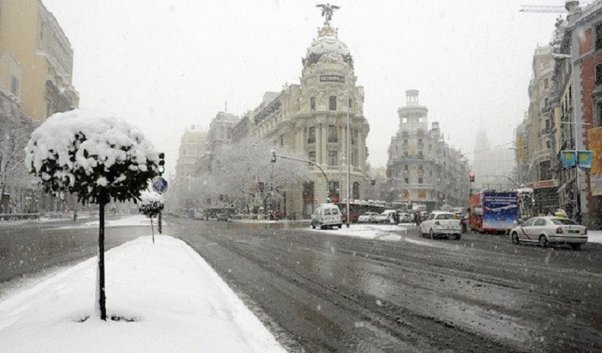
Top Sights In Bilbao
Bilbao Casco Viejo (Old Town)
Casco Viejo, located on the right bank of the river between the San Anton Bridge and the San Nicolas Church, exudes a nostalgic atmosphere that is sure to transport visitors back in time. In fact, it is widely recognized for its old-world charm. The old town is connected to the new city (Ensanche) by five bridges, while the central part of Casco Viejo is around Siete Calles. Notable streets in this area include Zomara, Artecal, Tendaria, Belostical, Carniceria Vieja, Barencal, and Barencal Barena. As visitors explore these old streets, they can delight in the various small shops and cafes that add to the area’s charm. In the northern part of the old town, around Puente del Arenal, the main road is Paseo del Arenal.

Bilbao Erribera Merkatua
In Bilbao, the capital of the Basque province of Vizcaya in northern Spain, there is a market square called Mercado de la Ribera. It is near Casco Viejo, on the right bank of the Nervion River. It’s the biggest covered market in Europe because it’s built on 10,000 square metres. Inside, booths sell various goods, most of which are fresh food. Some people sell fish, meat, and fresh vegetables. There is also a market where local farmers sell their goods.
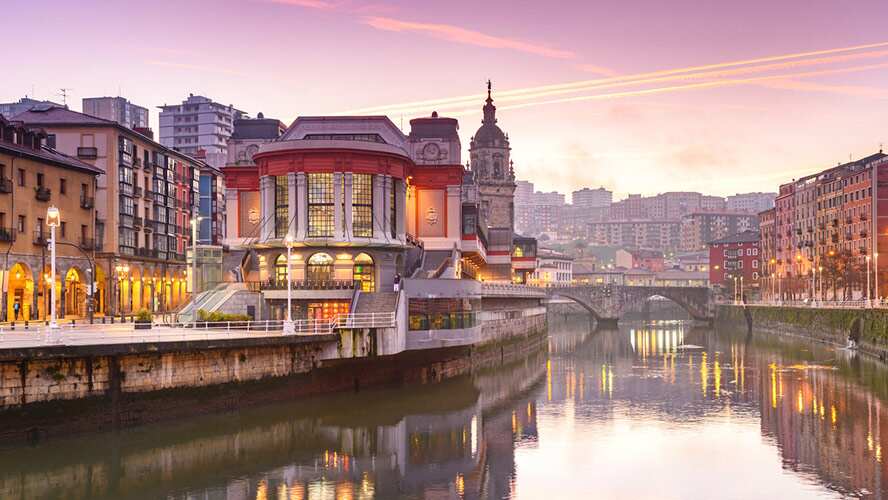
Bilbao Plaza Nueva
Plaza Nueva is a neoclassical square from the middle of the 19th century. It is in the old part of Bilbao. This large plaza is surrounded by bars and restaurants that would be fun to visit. You can look at the buildings and eat popular foods in the area. Start by looking at the charming sandstone buildings as you walk around the square. Used books and records, art, antiques, coins, stamps, and other things can be scanned at booths. Walk down the narrow streets of hundreds of years old and shop in the many small shops.
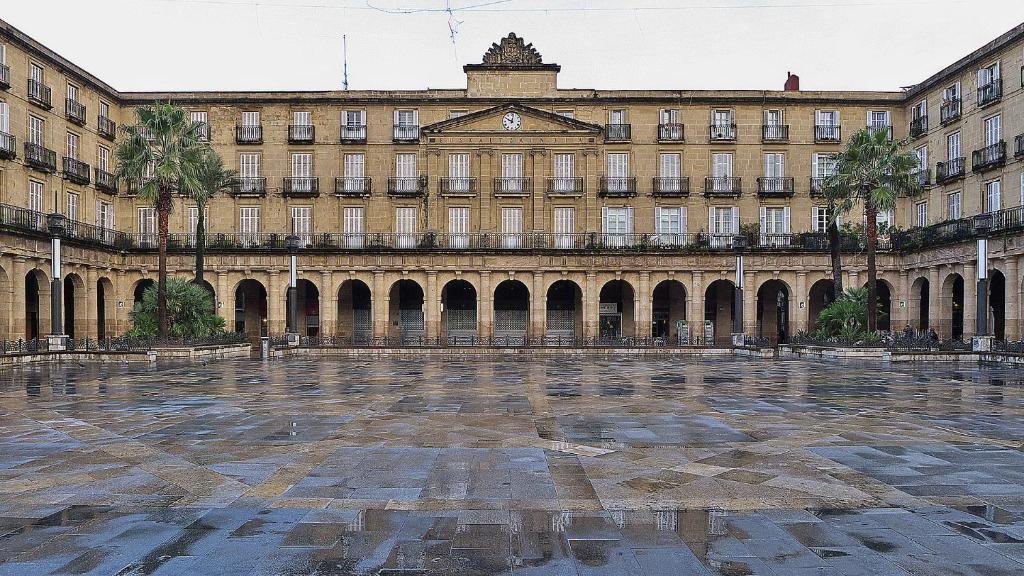
Bilbao Guggenheim Museum
The Guggenheim Museum is an art museum in Bilbao, Spain. It opened in 1997 as a joint project of the Guggenheim Foundation and the Basque Regional Administration in northwest Spain. Frank O. Gehry designed the complex of buildings that make up the museum. The interior space mainly comprises modern and contemporary art and enormous sculptures. It is set up around a large atrium.
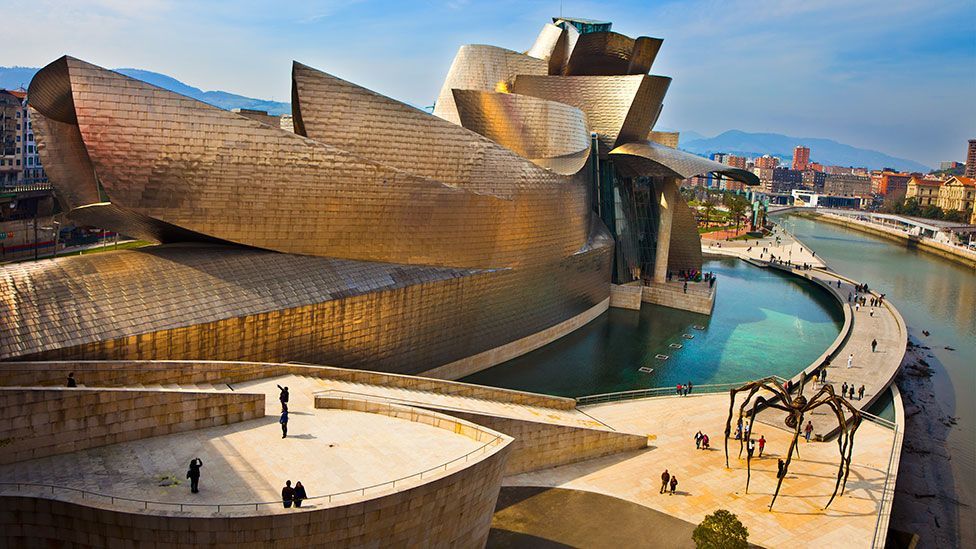
Bilbao Zubizuri
The Zubizuri Bridge, whose name in Basque means “white bridge” or “Campo Volantn,” is also called “Bridge Calatrava” by the people of Bilbao, after the architect who made it. In 1990, Calatrava made a plan for what was then called the Uribitarte Bridge site. The program was based on an exchange of land with a client in Bilbao. To avoid the above problems, the local government chose the architect for the new project in 1994. The new bridge is 75 metres long all the way across.
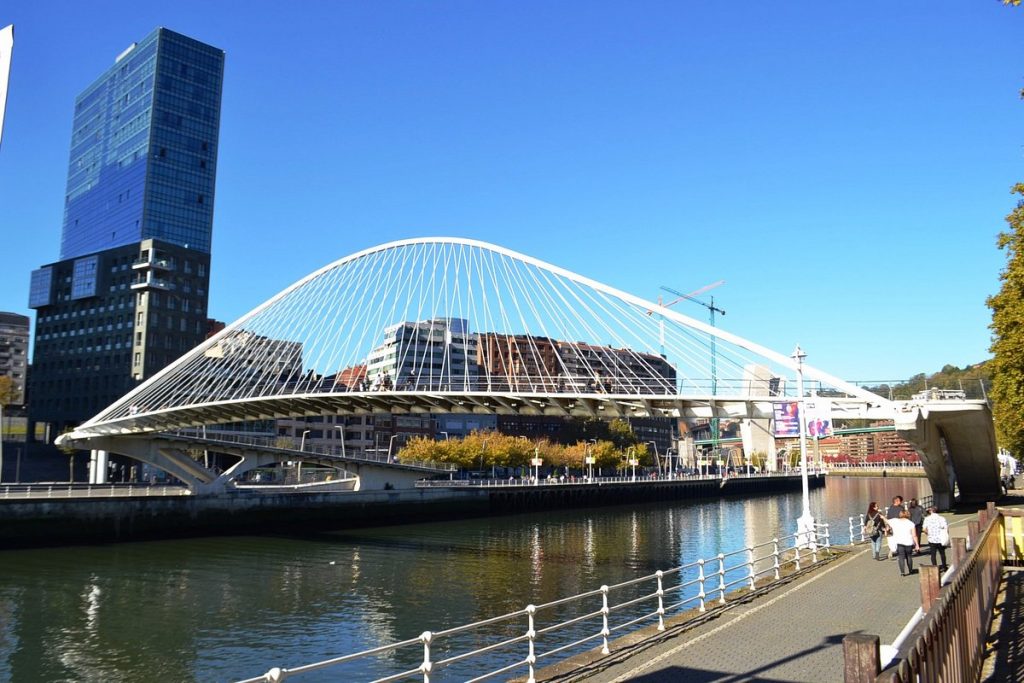
Bilbao Fine Arts Museum
The Bilbao Fine Arts Museum, also called the Museo de Bellas Artes de Bilbao, is a fine arts museum with four main sections. It is in Bilbao. Ancient art, modern art, art from the Basque country, and art used. Visitors have a unique chance to look at art and learn more about it. This museum is in the Doa Casilda Iturrizar Park, which is said to have over 10,000 pieces of art. The museum has a valuable collection of paintings, sculptures, drawings, objects, and engravings from the Middle Ages to the present day, as well as from the 19th century and the modern day.
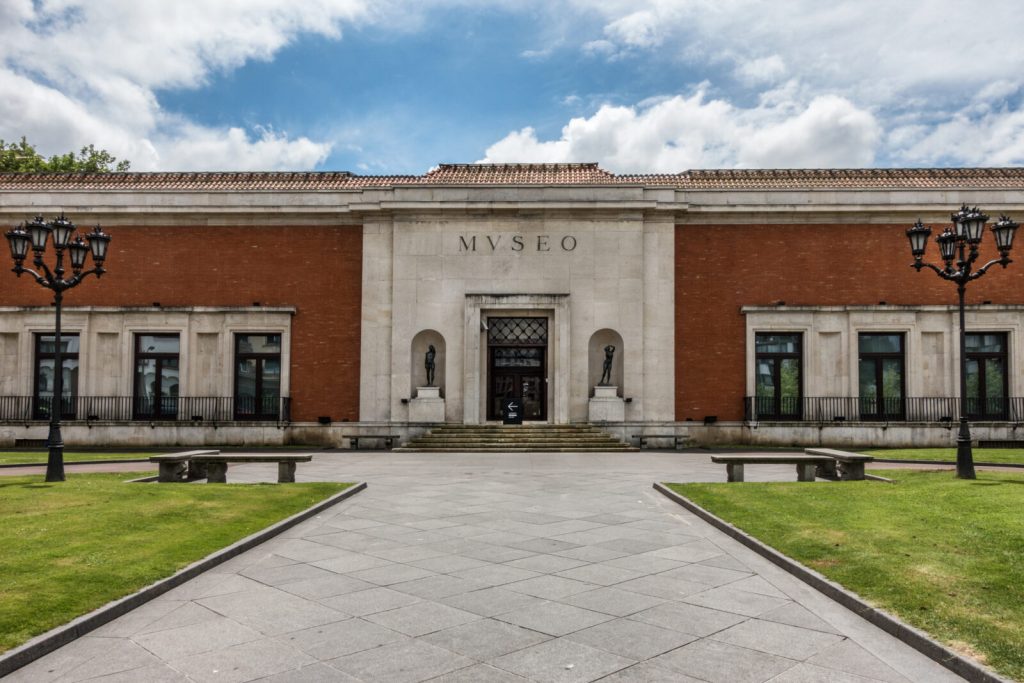
Basilica of Begona
The beautiful name for the Virgin of Begona, the patron saint of Biscay, is “our Amatxu.” This Gothic church is one of Bilbao’s most well-known and loved religious landmarks. This church is more devoted to the Virgin Mary than the cathedral. Many Bilbao boats are called “Virgin of Begona” or “Begona.” This name comes from a long history of fishing and sailing that goes back to the early 15th century.
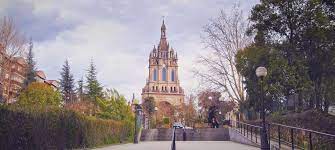
Bilbao Euskal Museoa
At the Euskal Museoa Bilbao, people can learn about the Basque region’s unique history and culture. The museum is in a beautiful Baroque building in the middle of Casco Viejo (Old Town). It has three sections showing how Basques live—history, anthropology, and archaeology. In the archaeology section, you can see monumental stones and pieces of sculpture from the Basque Country that date back to the Stone Age. A strange statue of Mikaldi is one of the most valuable things in this collection. The department of ethnography shows Basque crafts and folk art. In one room, there is a relief model of the Basque provinces that is very interesting. The main focus of the Department of History is Bilbao’s maritime history from the 16th to the 19th centuries. Different displays show the world of fishing, shipping, navigation, and other types of business in the area.
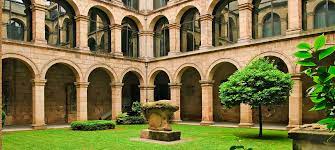
Bilbao City Details
Currency: Euro
Weather: 10°C, Wind S at 0 km/h, 89% Humidity
Population: 345,821 (2018)
Bilbao’s official languages: Spanish and Basque
Bilbao (Spain) dials Code: +34
Getting around in Bilbao
Walking
The city centre of Bilbao is small and easy to get around on foot. If you plan your day well, you can avoid walking between attractions for 10 minutes or more.
The Old Town is a 20-minute walk from the Guggenheim Museum along the river.
The Zubizuri Bridge is about halfway between the Guggenheim Museum and the old town.
After you cross the Zubizuri Bridge will take 5 minutes to walk to the funicular station, which will take you to the Artxanda viewpoint.
Gran Vía is Bilbao’s main avenue. It goes through the middle from the old town in the east to the palace of Yuskalduna in the west.
From Moyua Square, Alhondiga is a 5-minute walk away.
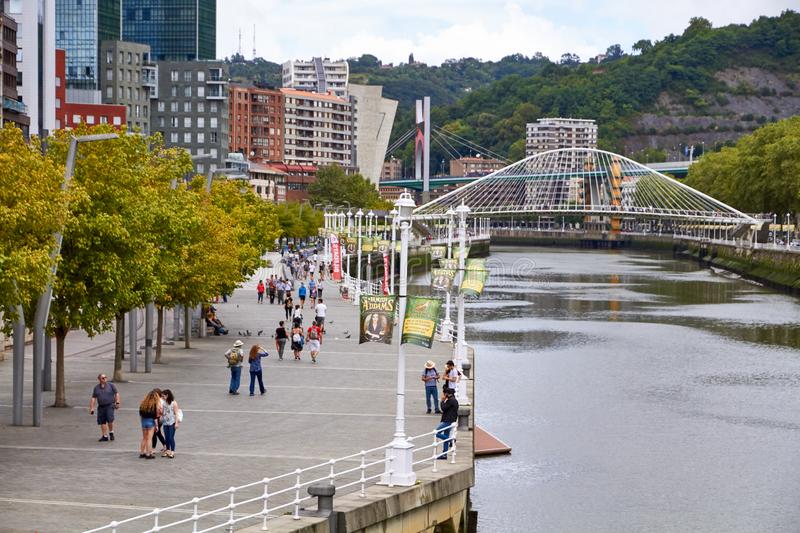
Tram
Euskotren runs Bilbao’s tram, which has one line through the city centre and connects many of the city’s top tourist spots. This makes it very simple and easy for visitors to get around.
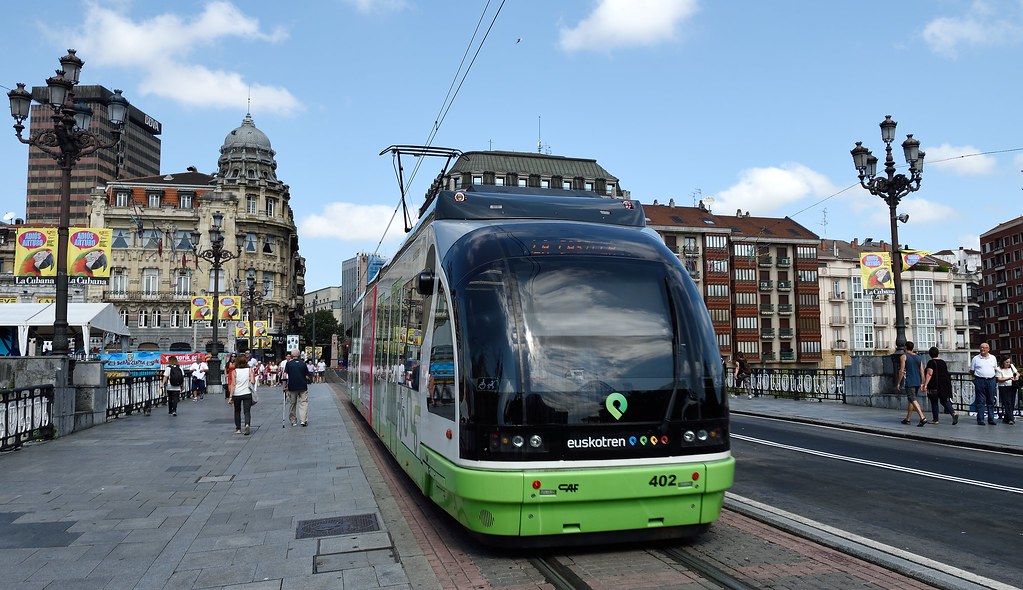
Metro
The metro system in Bilbao was built by the architect Sir Norman Foster. It has three lines that make it easy to get from the centre of Bilbao to the surrounding areas and cities. As a tourist, the San Mames bus station, two stops along the Gran Via (Moua and Abando), and one stop in the old town are the most exciting places to stop (Casco Viejo). Even if you don’t want to, taking the underground in Bilbao is still a good idea.
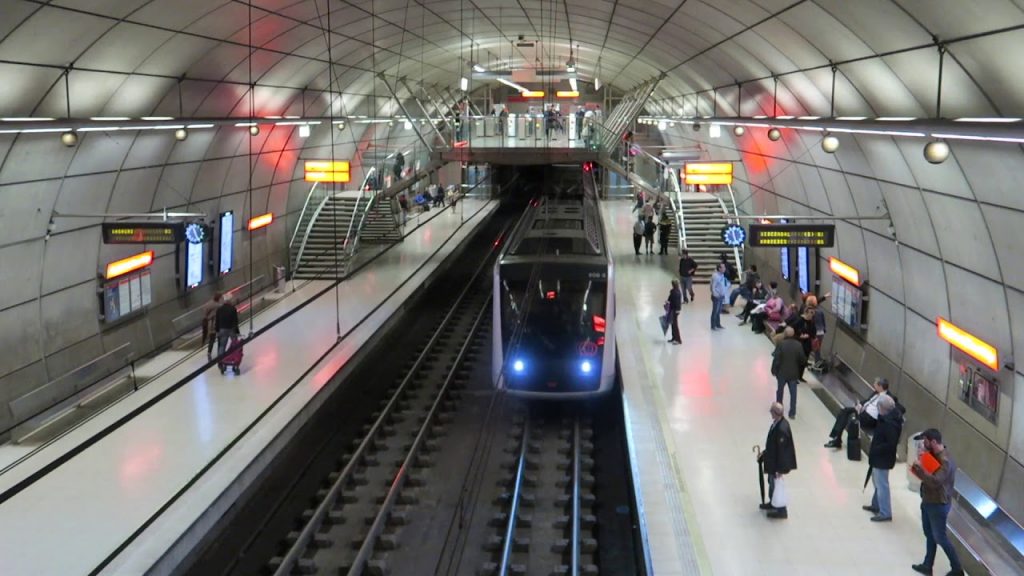
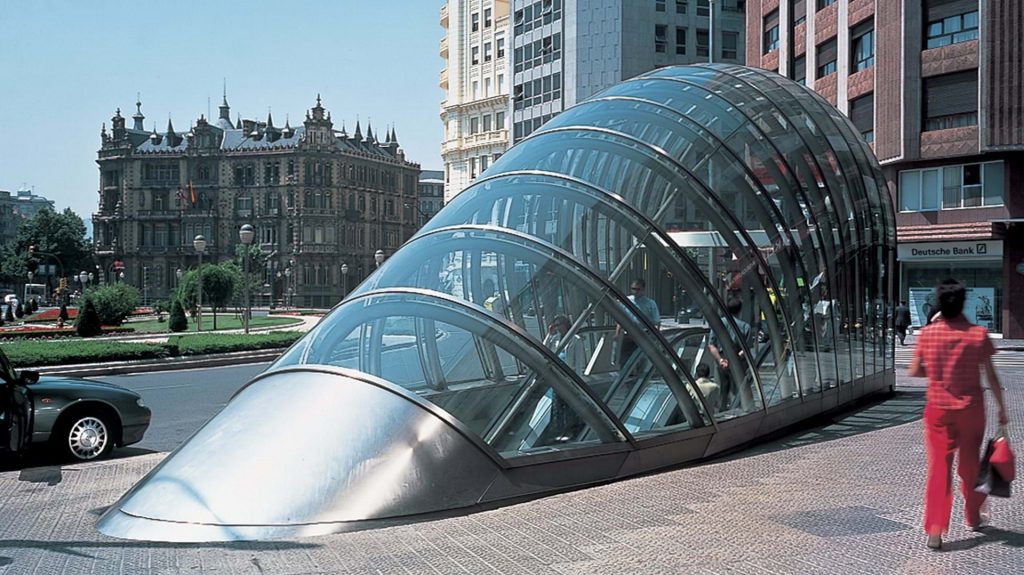
Bus
Bilbobus is in charge of all the city buses in Bilbao. The tram or metro is the best way to get around most of the time. The only real exception is the bus from the city centre to the airport. The city is also connected to towns in the province of Biscay by a group of buses called Bizkaibus.
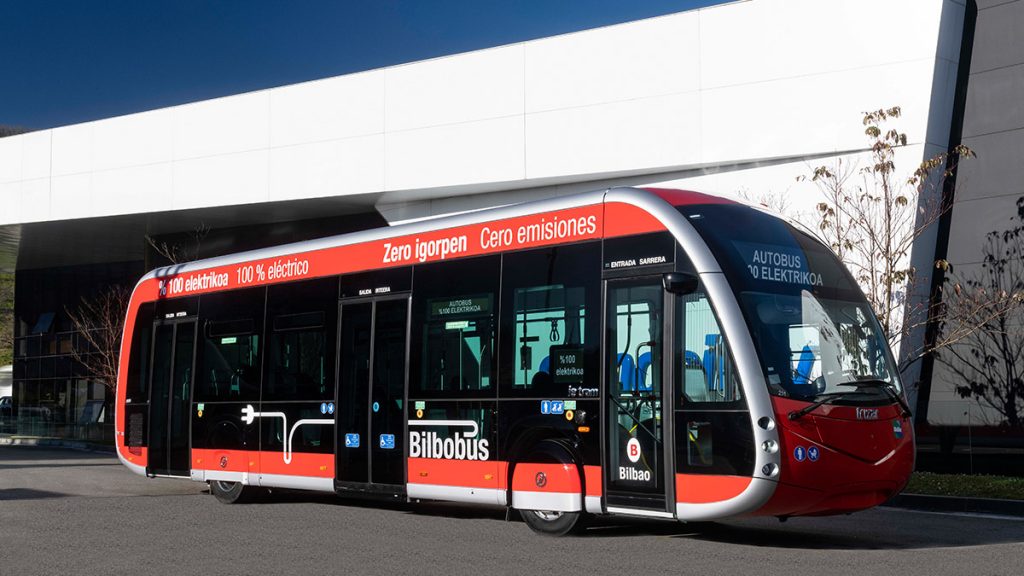
Bilbao Cuisine
Bilbao is known for its great food, like many other cities in the Basque Country in northern Spain. Traditional Basque dishes are great for sharing with family and friends, and many Bilbao restaurants serve fresh seafood. There are also a lot of restaurants with Michelin stars in the city. Plenty of vegetarian restaurants in Bilbao are sure to please vegetarians. Even though meat is a big part of Spanish food, restaurants and cafes that cater to vegetarians have great food that even meat lovers will enjoy. If you want to eat the best street food in Bilbao, the city’s busy streets are full of bars and delis that serve small bites and good food.
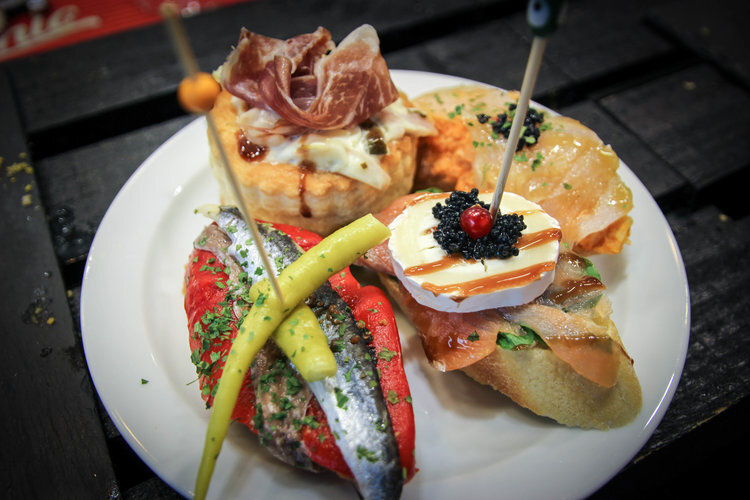
Bilbao Nightlife
Bilbao is a lively and busy city in northern Spain. It is in the Basque Country, known for its architecture and delicious food. But people can still have fun there after sunrise, thanks to its busy nightlife. Bilbao has a lot going on at night. From the middle of the afternoon until late at night, there are dozens of discos and nightclubs where you can party and have fun. In the historic centre, there are a lot of discos, bars, and pubs, so you can choose the place that best suits your tastes. The nightlife in Bilbao starts at cocktail hour and ends when the sun rises.
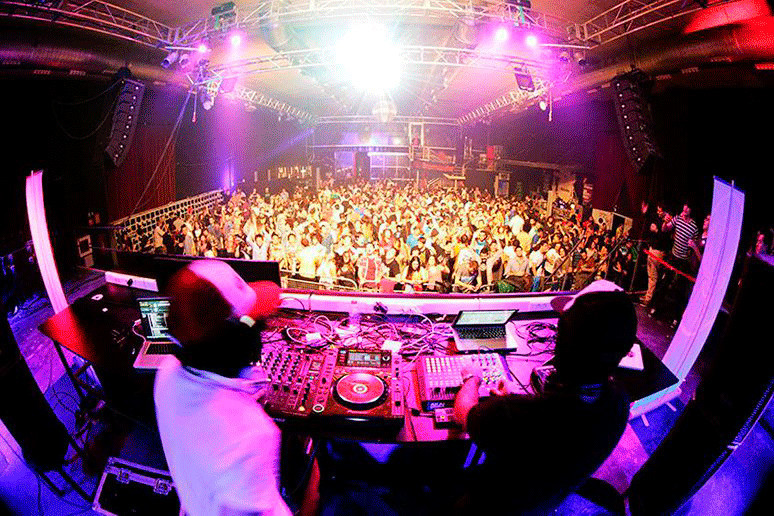

Bilbao Accommodation
There are places to stay in several attractive neighbourhoods. You can confidently choose where to stay in Bilbao and the best hotels in Bilbao. There are many types of Bilbao hotels, from hostels to luxury hotels. Before you go somewhere, it’s important to look it up online.
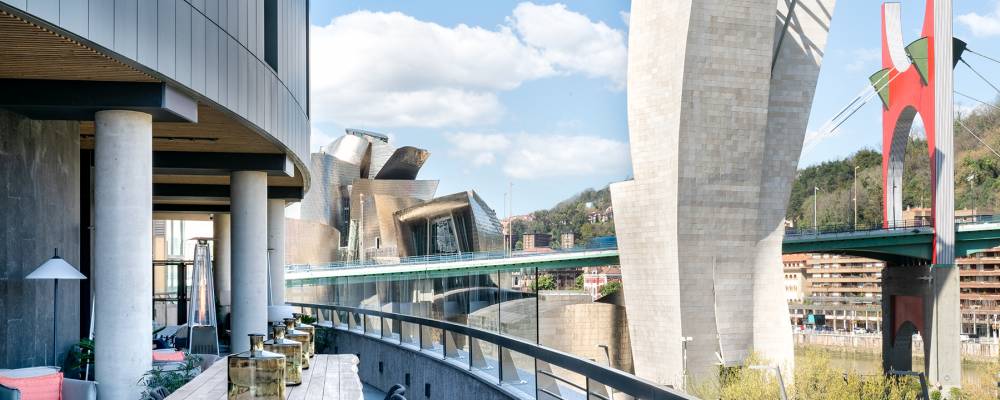
Approximate Budget
Plan to spend about €110 ($117) per day in Bilbao during your holiday. It is the average daily price based on what other guests have spent. For one day, travellers in the past spent an average of €37 ($39) on food and €21 ($22) on local travel. Also, the average hotel room cost for two people in Bilbao is €113 ($121). So, it costs an average of €1,533 ($1,634) for two people to go to Bilbao for a week. These average travel prices were all collected from other travellers to help you plan your travel budget.
Conclusion
Even though Bilbao, an industrial port city, has some great surprises for visitors, there are also many things to see in the countryside and along the coast of the Bay of Biscay. These places are easy to get to by car or train. There are some lovely beaches and scenic spots in Bilbao. Getxo is a favourite beach, especially for surfers, because it has a 100-year-old suspension bridge and a lot of bars and nightclubs that are always busy. Bilbao is a fascinating industrial city becoming increasingly popular with tourists and is a great place to spend the weekend.
